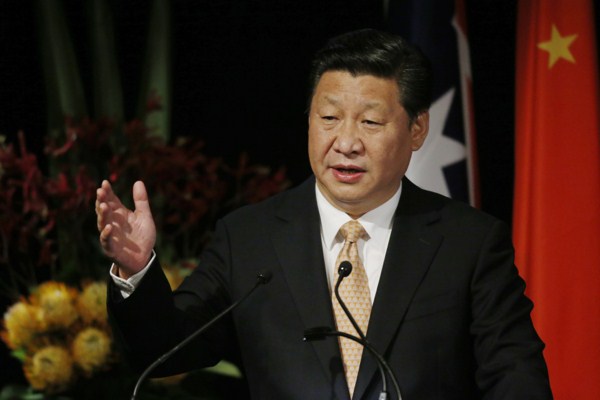For centuries, the trade routes of the Silk Road have evoked spices, empires and deserts. However, if a new strategy planned by the Chinese government proves successful, it may well come to be associated with China’s ascent in world politics.
On Nov. 8, during the annual meeting of the Asia-Pacific Economic Cooperation (APEC) forum in Beijing, Chinese President Xi Jinping pledged $40 billion for the creation of a Silk Road Investment Fund to “break the connectivity bottleneck” in Asia. Only five days after the APEC announcement, the China Securities Journal reported that “relevant departments” are trying to establish a private Maritime Silk Road Bank with an initial paid-in capital of 5 billion yuan, or roughly $810 million. The bank will be largely funded by an organization called Maritime Silk Road Investment Fund—not to be confused with the one announced by Xi—and a number of unspecified members of the Association of Southeast Asian Nations (ASEAN).
There is little information about these two institutions, but according to the China Securities Journal, the private bank will join the investment fund unveiled during the APEC meeting in financing two initiatives aimed at forging closer links between China and the rest of the world. The first is a land route named the Silk Road Economic Belt, a system of railways, highways and pipelines stretching across Central Asia, the Middle East and Europe. The second is the so-called 21st-Century Maritime Silk Road initiative, a network of sea routes connecting Chinese ports to the Indian Ocean, the east coast of Africa and the Mediterranean Sea.

